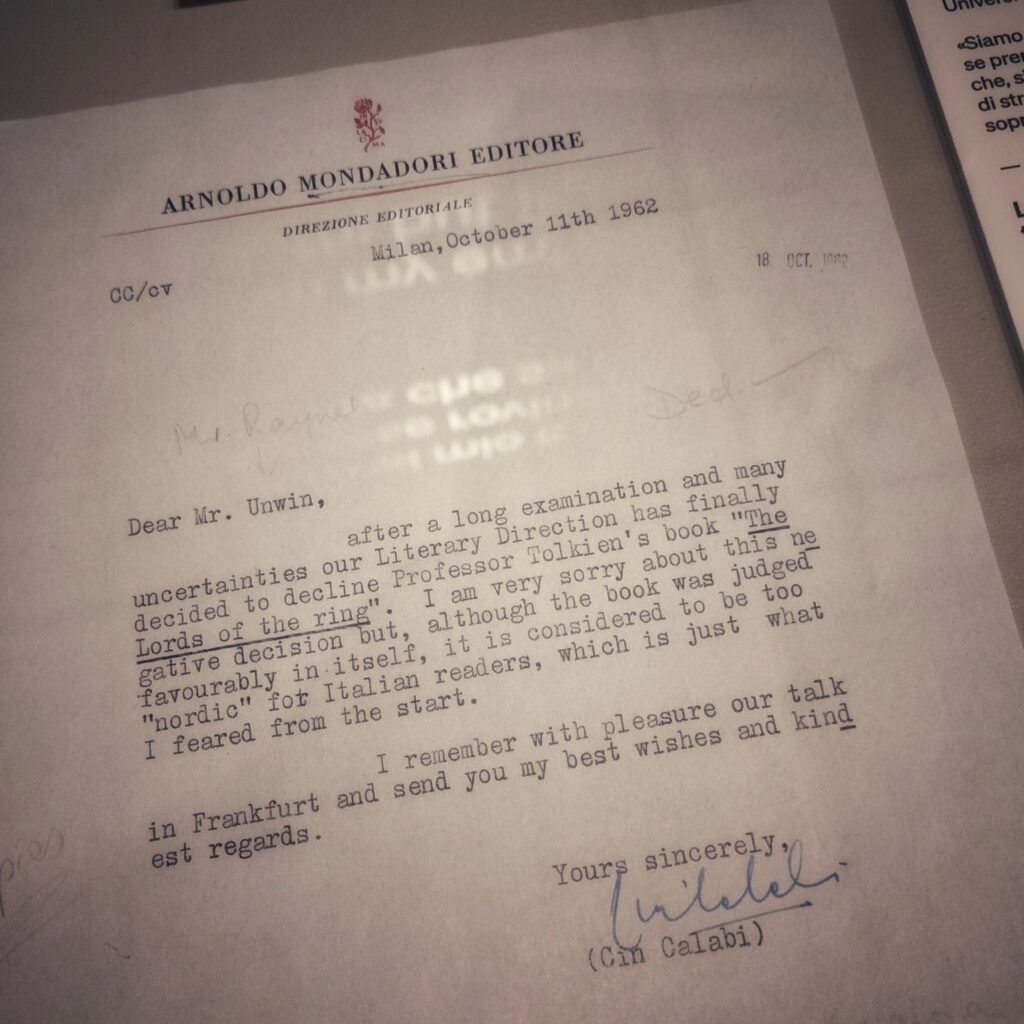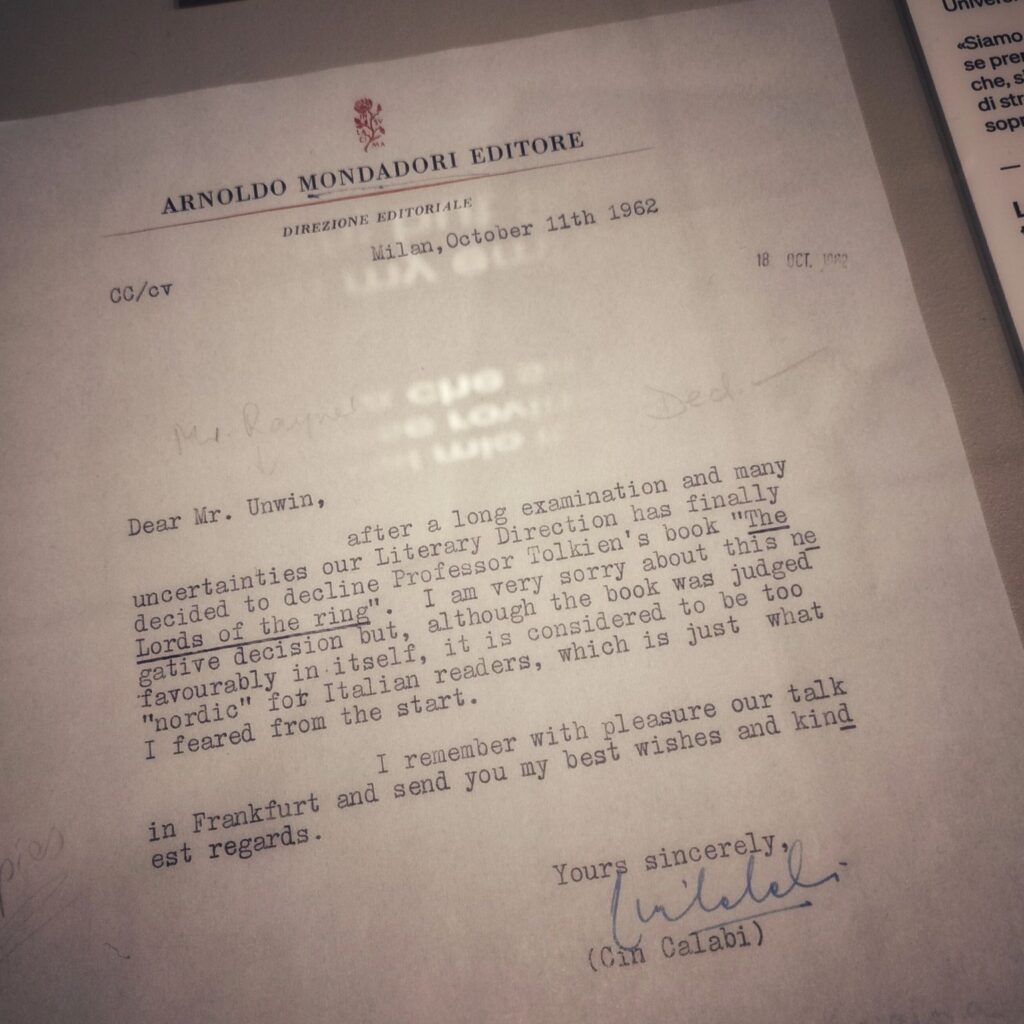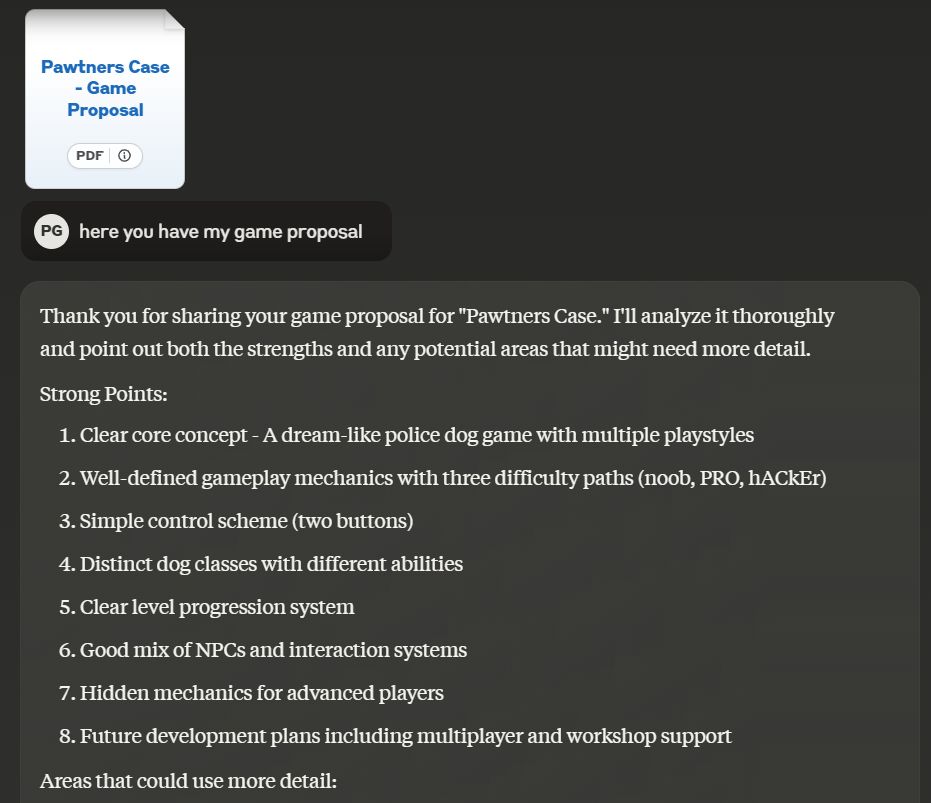The biggest Italian books publisher rejected The Lord of The Rings, many years ago. The first reaction I had when I saw this post the other day was from my belly.


But I had the time to reflect: to me, LotR is a masterpiece, but it has also a strong “personality”. It’s not an average story; you may like it or not for specific reasons.
Imagine to be the person in charge of selecting the best books. Something like this arrives, you read it and you like it. But its personality is very strong, and your role requires you to be cold and professional.
Today I can read these words and think that the decision maker made a mistake. But then I put myself in their shoes and it’s hard to make a decision with something like Tolkien’s book. A modern Tolkien can write tales in smaller formats on platforms like Substack. With nobody predicting if the text could be right for a specific geography.
It happens also with video games, I have to say especially to us game designers. Part of our responsibility is to pitch new ideas for features and mechanics. All companies have people in charge that filter our proposals. This process filters also good things out, it’s part of the game.
To design and produce you often need a sort of authorization from people in charge. These people, like you, make mistakes. The lesson you take can be that this is unacceptable, but often it’s a matter of communication. If something so special like The Lord of The Rings arrives on your desk, you can make errors. That’s why people that get a proposal should be prepared first.
I don’t know the full story, maybe the Tolkien’s agent just sent the book with a note. When you present something, the receivers should know all that from before. In that way, they will feel already connected and familiar to the thing.
Like new writers on Substack, leave crumbs and taste the environment!
